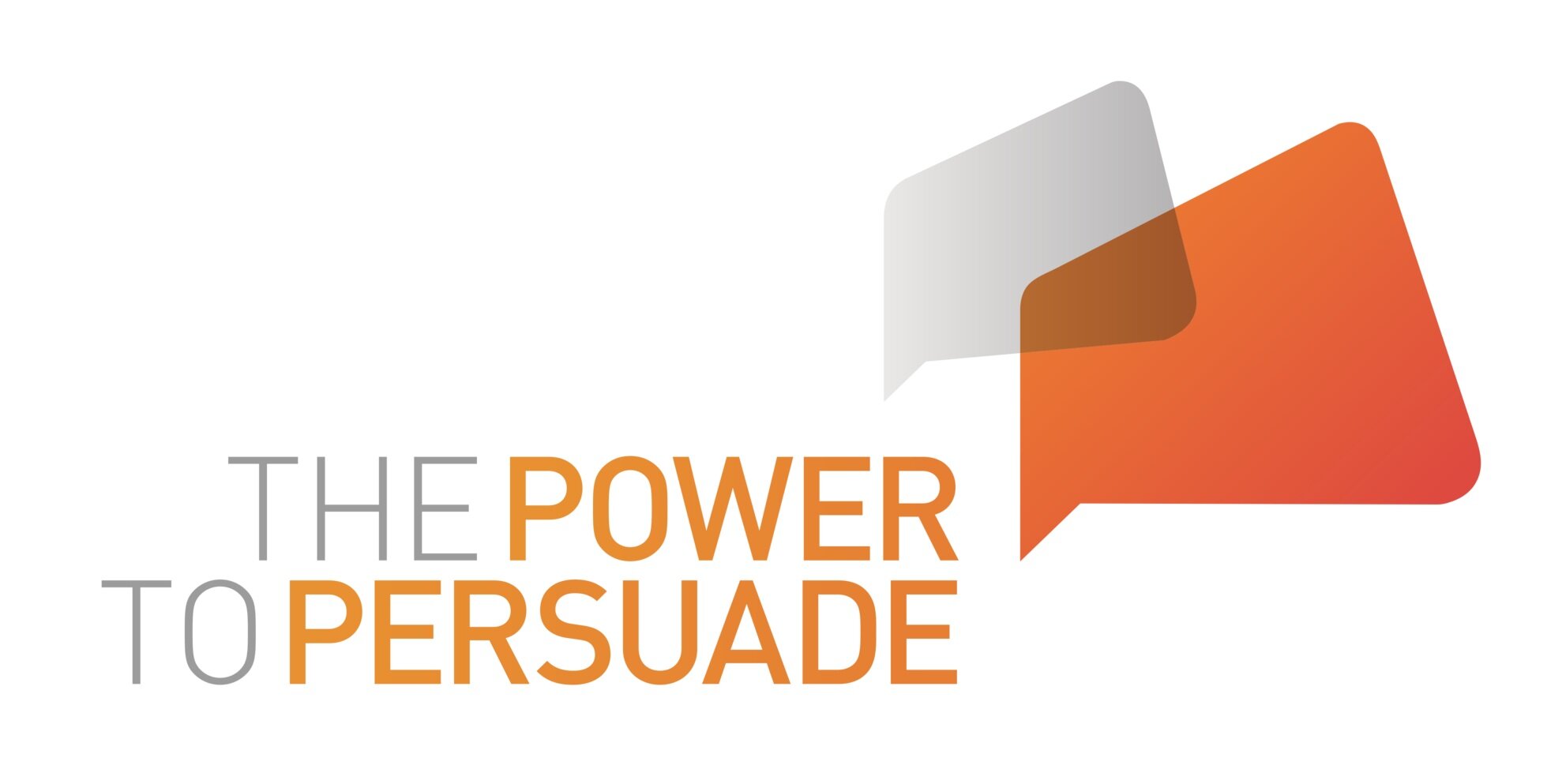In today’s blog, Phoebe Nagorcka-Smith (@PNagorckaSmith) explores what the Royal Commission into Violence, Abuse, Neglect and Exploitation of People with Disability had to say about family and domestic violence.
Read MoreIn today’s analysis, Phoebe Nagorcka-Smith (@PNagorckaSmith) of Good Shepherd Australia New Zealand (@GoodShepANZ) uses evidence from their recent ‘Safety net for sale’ report to explore how Buy Now Pay Later is used to trap family violence victim-survivors in debt, and why regulation is key to preventing it.
Read MoreIn today’s analysis, Megan Elias discusses the impact of recent reforms to abortion law in Western Australia. Megan is a women’s and sexual health professional based in Boorloo, working across government and the not-for-profit sector. Megan is WA representative and Secretary for the Australian Women’s Health Network (@AusWomensHealth).
Read MoreWomen experience greater barriers to achieving financial wellbeing than men. In today’s analysis, David Prior and Imogen Morgan of Good Shepherd Australia New Zealand (@GoodShepANZ) and Michael Joyce from Financial Inclusion Action Plan (FIAP) explore how existing workforce gender inequalities were magnified during the COVID-19 pandemic, and the role employers can play in supporting their employees’ financial wellbeing.
Read MoreMany women who experience family violence, many reach out to a healthcare professional. In today’s analysis, Dr Joyce Chia (@JoyceKWChia), Policy & Advocacy Lead at Health Justice Australia (@HealthJusticeAu), asks how we can better equip the health system to respond to violence against women and children. Health Justice Australia is a national not-for-profit centre of excellence that supports the expansion and effectiveness of health justice partnerships.
Read MoreTo great fanfare, the Albanese government announced a cabinet that had the highest rates of female representation in Australian history. In today’s analysis, Anna Hough (@AnnaC_Hough) of the Australian Parliamentary Library (@ParlLibrary) compares the gender composition of both the cabinet and the shadow cabinet with recent historical elections. While representation is important, the kinds of portfolios led by women are also analysed. This analysis was originally published on the Parliament of Australia website.
Read MoreRepresentation is critical for effective governance and law-making, and the recent election gives Australia its most diverse Parliament yet. But there’s more to true voice and representation than photo opportunities. In today’s analysis, Yasmin Poole ((@YasminPoole) of the World Bank (@WorldBank) expands the metric of ‘diversity’ and challenges the government to ensure marginalised communities are fully engaged. This piece originally appeared in Election Watch (@electionwatch_ @Government_UOM).
Read MoreVictim-survivors of family violence often sustain undiagnosed brain injuries which have a profound impact on psycho-social health and overall cognitive function. In today’s analysis, Phoebe Nagorcka-Smith of Good Shepherd Australia New Zealand (@GoodAdvocacy) details how acquired brain injuries (ABIs) too often go undiagnosed, and even when they are diagnosed accessing required support remains out of reach for many women.
Read MoreFamily violence has been on the government agenda for several years now, but one issue that is seldom raised is the role of financial insecurity as a driver of violence. In today’s analysis, Phoebe Nagorca-Smith of Good Shepherd Australia New Zealand (@GoodAdvocacy) explains how the gendered experience of the welfare system increases women’s risk of violence.
Read MoreThe newly-elected Labor government announced during the campaign that they would not be looking at welfare reform in the near term. In today’s analysis, Policy Whisperer Susan Maury (@SusanMaury) of Good Shepherd Australia New Zealand (@GoodAdvocacy), Elise Klein (@EliseJKlein) of ANU, Policy Whisperer Kay Cook (@KayCookPhD) of Swinburne University, and Kelly Bowey of the Centre for Excellence in Child and Family Welfare (@CFECFW) share a summary of their research that indicates raising the rate and removing compliance requirements would support women to increase their productivity, both in their paid and unpaid work. This article is drawn from a paper entitled Gendered impacts of changing social security payments during COVID-19 lockdowns: An exploratory study.
Read MoreThe Fair Work Commission has stipulated that all employees are entitled to up to 5 unpaid family violence leave days per year. This is a critically important step that increases both the safety and the financial security of victim/survivors. However, effectively communicating those policies, particularly to a diverse work force, can be challenging. In today’s post, Hannan Amin of Good Shepherd Australia New Zealand (@GoodAdvocacy) provides important guidelines for ensuring employees can understand their leave entitlements when experiencing family violence. This analysis was originally published by the Community Services Industry Alliance and can be read in its original form here.
Read MoreSingle mothers have been consistently the most poverty-stricken household type for years, and the last Labor government infamously moved thousands onto the (then) NewStart Allowance. With the recent federal election outcome, Terese Edwards (@Terese_NCSMC) of the National Council for Single Mothers and Their Children shares an open letter to Anthony Albanese, who was himself raised by a single mother in difficult financial circumstances. Her letter is interspersed with the messages from single mothers to the new Prime Minister.
Read MoreThe 2022 election results were driven by women looking for real change on the issues that matter to them. In today’s analysis, Kathy MacDermott & Helen Hodgson, of the National Foundation for Australian Women (@NFAWomen), provide a prioritised list of actions that women should advocate for from the new Labor-led government.
Read MoreWomen were the driving force behind the federal election outcome, which sent a reprimand to the major parties and is set to significantly increase the diversity of Parliament, including a higher number of women. What does the electorate want from the new government? In today’s analysis, five of the women’s peak organisations – the Equality Rights Alliance (@ERAAustralia), Women With Disabilities Australia (@WWDA_AU), the National Rural Women’s Coalition (@NRWNetwork), Harmony Alliance (@Aus_Harmony), and the National Women’s Safety Alliance (@NWSAAU) – come together to provide input on key priorities for Australian women. These are five of the six National Women’s Alliances, funded by the Commonwealth Government’s Office for Women.
Read MoreWomen have been the central story of the 2022 federal election. In today’s analysis, Jessica Lane of Women for Australia (@Women4Aus) provides a breakdown of the election results and what lessons can be drawn from the outcome. Women for Australia supports progressive women to run for political office.
Read MoreWhile women have made great strides in male-dominated industries, representation is seldom adequate to shift organisational culture, particularly in highly masculinised industries. In today’s analysis, Kathy Newton (@KathyNewton2208) of Western Sydney University (@WesternSydneyU) shares her findings in how female police officers experience three policies designed to improve gender parity: the provision of breastfeeding rooms, flexible or part-time work options, and gender quotas. This analysis is drawn from a recently-published article.
Read MoreJust days away from the Federal election, all candidates are campaigning hard. Unfortunately there are gaps in the policies on the table; a big one is the lack of focus on the social safety net and whether it is actually supporting people out of poverty. In today’s analysis, Juanita McLaren (@defrostedlady) shares just how quickly a well-managed budget can be undone, in part by changes to policies in other silos that don’t consider the constrictive budget many families need to live on.
Read MoreThe recently-negotiated pact between the Solomon Islands and China has been a high-profile point of contention in the lead-up to the Federal election. Much of the debate has been focused on what Australia did - or did not do - that has led to the Solomon Islands turning to China. In today’s analysis, Joanna Pradela (@JojoMaia) of the International Women’s Development Agency (@IWDA and @Equal_Insights) applies a feminist lens to consider how Australia could learn to be a better partner to its Pacific neighbours. This piece originally appeared in The Interpreter, published by The Lowy Institute (@LowyInstitute), and is republished with permission. You can view the article in its original format here.
Read MoreThere is increasing interest in the links between women’s health and their socio-economic constraints. Today’s vitally important analysis is drawn from a newly-published longitudinal analysis that demonstrates a range of factors that are overwhelmingly gendered is creating a road to poverty for Australian women, negatively impacting on their mental health in demonstrable ways. This piece is authored by Joanne Enticott (@EnticottJo), Emily Callender (@EmilyCallander), Rhonda Garad, and Helena Teede, all of Monash University’s Centre for Health Reserach and Implementation (@MonashUni). This article originally appeared in Monash Lens and is republished with permission.
Read MoreWhile approaches to ensure better legislative decisions for women include such activities as gender responsive budgeting, the most fundamental action would ensure that women are truly representative in Australia’s legislative bodies. In the lead-up to the Federal Election, we are running a series of specific asks for policy change. Today’s piece by Sandy Venn-Brown, Menaka Cooke and Terrie Roberts, all of the Women’s Electoral Lobby (@WELAus) makes the argument for instituting a quota system.
Read More




















